Home>Gardening & Outdoor>Landscaping Ideas>How To Get Rid Of Crabgrass In Yard
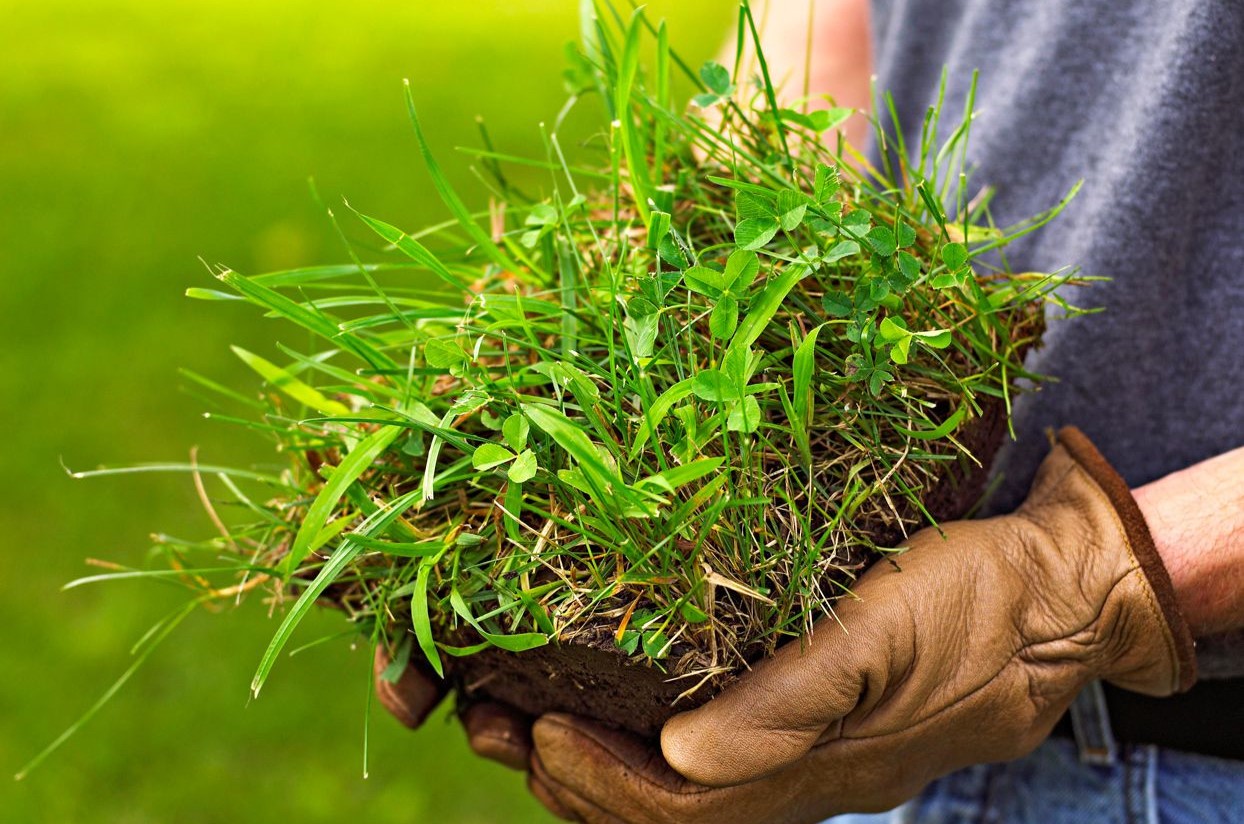

Landscaping Ideas
How To Get Rid Of Crabgrass In Yard
Modified: February 18, 2024
Learn effective landscaping ideas to eliminate crabgrass from your yard. Discover expert tips and tricks for a weed-free, lush lawn.
(Many of the links in this article redirect to a specific reviewed product. Your purchase of these products through affiliate links helps to generate commission for Storables.com, at no extra cost. Learn more)
Introduction
Read more: How To Get Rid Of Crabgrass
Understanding the Persistent Problem of Crabgrass
Welcome to the eternal struggle against crabgrass, the bane of many homeowners’ existence. Waging war against this resilient weed can feel like an uphill battle, but fear not! With the right knowledge and strategies, you can effectively rid your yard of crabgrass and restore it to its lush, green glory.
Crabgrass, scientifically known as Digitaria, is an annual weed that plagues lawns with its rapid growth and invasive nature. Thriving in bare or thin areas of the lawn, crabgrass competes with desirable grass species for water, sunlight, and nutrients, often leaving behind unsightly patches of grass and disrupting the overall aesthetic appeal of the yard.
Understanding the life cycle and growth habits of crabgrass is crucial in devising an effective eradication plan. This pesky weed germinates in the spring when soil temperatures reach around 55 to 60 degrees Fahrenheit, making it a common sight in lawns during the warmer months. By midsummer, crabgrass begins to produce seeds, ensuring its persistence in the following year.
As a homeowner, it’s essential to arm yourself with the knowledge and tools necessary to combat crabgrass and prevent its relentless spread. In this comprehensive guide, we’ll explore a range of methods, from manual removal to natural remedies, to help you take back control of your yard and achieve a crabgrass-free lawn.
Key Takeaways:
- Combat crabgrass by maintaining a healthy lawn through proper mowing, watering, and fertilization. Implement preventive measures like overseeding and mulching to create an environment that discourages weed growth.
- For existing crabgrass, consider manual removal, chemical control, or natural remedies like corn gluten meal and vinegar solution. Prioritize a balanced and sustainable approach to lawn care for long-term success.
Understanding Crabgrass
Before diving into eradication methods, it’s crucial to understand the characteristics and growth patterns of crabgrass. By familiarizing yourself with this persistent weed, you’ll be better equipped to tackle it head-on.
Identification: Crabgrass, with its distinctive flat, wide blades that radiate from a central point, is easily recognizable. Its low-growing, sprawling nature allows it to outcompete desirable grasses, forming dense patches in the lawn.
Life Cycle: Crabgrass is an annual weed, meaning it completes its life cycle within a single year. It begins as seeds that lie dormant in the soil during the winter and germinate when temperatures rise in the spring. As the weather warms, crabgrass grows rapidly, reaching maturity and producing seeds by midsummer. These seeds ensure the weed’s presence in the following year, perpetuating the cycle.
Preferred Habitat: Crabgrass thrives in areas with ample sunlight and compacted soil. It often takes root in bare or thin patches of the lawn, where it faces less competition from established grass species. Additionally, areas along driveways, sidewalks, and garden edges are prime real estate for crabgrass due to the warmth retained by hardscapes.
Growth Rate: One of the most frustrating aspects of crabgrass is its rapid growth. In favorable conditions, this weed can quickly spread and overtake large areas of the lawn, posing a significant challenge to homeowners striving for a pristine yard.
Challenges Posed: Apart from its unsightly appearance, crabgrass poses several challenges to the health and aesthetics of the lawn. It competes with desirable grass species for essential resources, such as water and nutrients, and its presence can hinder the overall uniformity and lushness of the turf.
By understanding the characteristics and behavior of crabgrass, you can tailor your approach to effectively combat this persistent weed. In the following sections, we’ll explore various methods, including prevention, manual removal, chemical control, and natural remedies, to help you reclaim your yard from the clutches of crabgrass.
Prevention Methods
As the age-old adage goes, “prevention is better than cure,” and this holds true when it comes to tackling crabgrass. Implementing proactive measures to prevent the germination and spread of crabgrass is a fundamental step in maintaining a healthy and vibrant lawn.
1. Proper Lawn Care: A well-maintained lawn is less susceptible to crabgrass infestation. Regular mowing, proper watering, and adequate fertilization promote the growth of healthy turf, leaving little room for opportunistic weeds like crabgrass to take hold.
2. Overseeding: Introducing new grass seed to thin or bare areas of the lawn can help choke out crabgrass by creating dense, healthy turf. Fall is an ideal time for overseeding, as cooler temperatures and consistent moisture support seed germination and establishment.
3. Soil Aeration: Compacted soil provides an ideal environment for crabgrass to flourish. Aerating the soil helps alleviate compaction, improves root development, and enhances the overall health of the lawn, making it less conducive to weed growth.
4. Mulching: Applying a layer of organic mulch to garden beds and around trees not only retains moisture and suppresses weed growth but also helps prevent crabgrass from encroaching into these areas.
5. Pre-Emergent Herbicides: Utilizing pre-emergent herbicides, specifically formulated to target crabgrass seeds as they germinate, can be an effective preventive measure. These herbicides create a barrier in the soil, inhibiting crabgrass seedlings from emerging and establishing themselves in the lawn.
By incorporating these preventive strategies into your lawn care routine, you can create an environment that discourages crabgrass growth and fosters the flourishing of desirable grass species. However, if crabgrass has already taken root in your yard, fear not! In the following sections, we’ll explore methods for its removal and control, empowering you to reclaim your lawn from this persistent weed.
Manual Removal
When faced with a crabgrass invasion, manual removal can be an effective and satisfying method of regaining control of your lawn. While it may require some effort, the act of physically uprooting crabgrass can be a therapeutic way to restore the beauty of your yard.
Timing: Early detection and intervention are key when it comes to manual removal. As soon as you spot crabgrass rearing its unwelcome head, spring into action to prevent it from setting seed and perpetuating its presence in the lawn.
Tools of the Trade: A hand trowel or weeding tool is your best ally in the battle against crabgrass. These tools allow for precise and thorough removal of the weed, ensuring that the entire root system is extracted to prevent regrowth.
Technique: To remove crabgrass, gently loosen the soil around the base of the weed with your tool of choice, taking care to grasp the entire plant, including its roots. Pull the weed upward, ensuring that the entire root system is extracted. Dispose of the uprooted crabgrass to prevent any residual seeds from contaminating the lawn.
Thoroughness: It’s essential to be thorough in your manual removal efforts, as even a small fragment of crabgrass left behind can lead to regrowth. Regular inspections and targeted removal of emerging crabgrass plants are vital in preventing the weed from gaining a foothold in the lawn.
Post-Removal Care: After removing crabgrass, promptly fill in the vacated space with fresh soil and overseed the area to encourage the growth of desirable grass species. Providing proper care and attention to these areas will aid in the swift recovery of the lawn’s uniform appearance.
While manual removal can be a labor-intensive process, it offers the satisfaction of directly addressing the presence of crabgrass in your yard. However, for larger infestations or persistent growth, additional methods such as chemical control or natural remedies may be necessary. In the following sections, we’ll explore these alternative approaches to effectively combat crabgrass and restore the vitality of your lawn.
Chemical Control
For widespread or persistent crabgrass infestations, chemical control methods can provide an effective means of eradicating this resilient weed. When used judiciously and in accordance with product instructions, herbicides can target crabgrass while safeguarding the health of desirable grass species in the lawn.
Pre-Emergent Herbicides: Pre-emergent herbicides, applied before crabgrass seeds germinate, form a barrier in the soil, preventing the weed from establishing itself. These products are best applied in early spring, prior to the soil reaching the temperature conducive to crabgrass germination.
Post-Emergent Herbicides: In cases where crabgrass has already emerged, post-emergent herbicides can be employed to target actively growing weeds. Selective herbicides designed to specifically target crabgrass while sparing desirable grasses are available, providing a targeted approach to weed control.
Spot Treatment: When dealing with isolated patches of crabgrass, spot treatment with a targeted herbicide can effectively eliminate the weed without compromising the surrounding lawn. Care should be taken to avoid overspray onto desirable grasses to prevent unintended damage.
Application Considerations: It’s essential to adhere to the application instructions and safety precautions outlined on herbicide labels. Applying herbicides during calm weather conditions and avoiding precipitation ensures optimal efficacy and minimizes the risk of unintended environmental impact.
Post-Treatment Care: Following herbicide application, monitor the treated areas for signs of crabgrass deterioration. In the weeks following treatment, consider overseeding any bare spots to encourage the reestablishment of healthy turf and prevent opportunistic weed growth.
While chemical control methods can be effective in combating crabgrass, it’s important to approach their use with caution and responsibility. Adhering to product guidelines, considering environmental implications, and exploring alternative methods where feasible are essential in maintaining a balanced and sustainable approach to weed management. In the following section, we’ll delve into natural remedies that offer environmentally friendly alternatives for addressing crabgrass infestations.
Regularly mow your lawn at the proper height (3-4 inches) to prevent crabgrass from taking hold. Use a pre-emergent herbicide in early spring to stop crabgrass seeds from germinating.
Natural Remedies
For those seeking environmentally friendly alternatives to combat crabgrass, natural remedies offer effective and sustainable methods of weed control. These approaches harness the power of nature to suppress crabgrass while promoting the health and resilience of the lawn.
Corn Gluten Meal: Derived from corn, this natural pre-emergent herbicide inhibits the germination of crabgrass seeds, effectively preventing their establishment in the lawn. When applied in early spring, corn gluten meal provides a natural and eco-friendly means of weed suppression.
Vinegar Solution: A solution of household vinegar, when applied directly to crabgrass, can desiccate and kill the weed. It’s important to exercise caution when using vinegar, as it can also affect desirable plants. Targeted application and careful consideration of surrounding vegetation are crucial when employing this method.
Boiling Water: Pouring boiling water over crabgrass can effectively scorch and kill the weed. This method is best suited for spot treatments and should be used with care to avoid damaging nearby grass or plants.
Manual Cultivation: Regularly cultivating the soil in affected areas can disrupt crabgrass growth and prevent the weed from establishing a foothold. This method, coupled with overseeding to encourage the growth of healthy turf, offers a natural approach to weed management.
Organic Herbicides: Certain organic herbicides, formulated with naturally derived ingredients, can provide an alternative to synthetic chemical treatments. These products offer targeted weed control while aligning with environmentally conscious practices.
By integrating these natural remedies into your weed management strategy, you can effectively address crabgrass infestations while minimizing the impact on the surrounding ecosystem. It’s important to assess the suitability of each method based on the specific needs of your lawn and to employ a holistic approach to lawn care that fosters a balanced and sustainable environment. In the following section, we’ll explore the importance of maintaining a healthy lawn to prevent crabgrass and promote the overall well-being of your yard.
Maintaining a Healthy Lawn
A lush and resilient lawn serves as the first line of defense against crabgrass and other invasive weeds. By prioritizing the overall health and vitality of your turf, you can create an environment that naturally suppresses weed growth while enhancing the beauty and functionality of your yard.
Proper Mowing: Regular mowing at the appropriate height for your grass species promotes strong root development and inhibits weed encroachment. Adjust your mower to the recommended height for your turf type and avoid cutting more than one-third of the grass blade length in a single mowing session.
Optimal Watering: Deep, infrequent watering encourages deep root growth and drought tolerance in grass, while discouraging shallow-rooted weeds like crabgrass. Water your lawn in the early morning to minimize evaporation and fungal growth, and adjust the frequency based on weather conditions and soil moisture levels.
Adequate Fertilization: Providing essential nutrients through regular fertilization supports the vigor and resilience of your lawn, making it less susceptible to weed infestations. Choose a fertilizer tailored to your grass type and apply it according to seasonal needs and soil requirements.
Weed Monitoring: Regular inspections of your lawn allow for early detection of crabgrass and other weeds. Promptly address any emerging weeds through manual removal or targeted treatments to prevent their spread and establishment.
Soil Health: Healthy soil forms the foundation for a thriving lawn. Consider soil testing to assess nutrient levels and pH, and address any deficiencies or imbalances through targeted amendments to create an optimal growing environment for your grass.
Overseeding and Aeration: Periodic overseeding and aeration promote a dense and healthy turf, reducing the opportunity for crabgrass to take hold in sparse or bare areas. These practices enhance the overall resilience and uniformity of the lawn, crowding out potential weed growth.
By prioritizing the holistic health of your lawn, you can create an environment that naturally discourages crabgrass and promotes the flourishing of desirable grass species. Implementing these practices as part of a comprehensive lawn care regimen will not only enhance the aesthetic appeal of your yard but also contribute to its long-term vitality and resilience.
Finally, it’s important to approach weed management and lawn care with a balanced and sustainable mindset, considering the long-term impact of your practices on the environment and the overall well-being of your outdoor space. With a proactive and attentive approach, you can enjoy a vibrant, crabgrass-free lawn that serves as a source of pride and enjoyment for years to come.
Conclusion
Congratulations on embarking on the journey to reclaim your yard from the clutches of crabgrass! By delving into the nuances of crabgrass, exploring preventive measures, and considering various eradication methods, you’ve equipped yourself with the knowledge and strategies needed to foster a thriving and crabgrass-free lawn.
Understanding the persistent nature of crabgrass and its penchant for infiltrating lawns during the warmer months is the first step in devising a comprehensive eradication plan. By familiarizing yourself with the weed’s life cycle, growth habits, and preferred habitat, you’ve gained valuable insights that will inform your approach to weed management.
Prevention, as they say, is indeed better than cure. Through proper lawn care practices, overseeding, soil aeration, mulching, and the targeted use of pre-emergent herbicides, you can create an environment that discourages crabgrass growth and fosters the flourishing of desirable grass species.
For those instances where crabgrass has already taken root, manual removal, chemical control, and natural remedies offer effective means of addressing the weed. Whether it’s the therapeutic act of uprooting crabgrass by hand, the targeted use of herbicides, or the application of natural solutions, you have a range of options at your disposal to combat this resilient weed.
Furthermore, prioritizing the overall health of your lawn through proper mowing, optimal watering, adequate fertilization, and proactive soil care is essential in creating a resilient and vibrant turf that naturally suppresses weed growth, including that of crabgrass.
As you continue your journey toward a lush and crabgrass-free lawn, remember that a balanced and sustainable approach to lawn care is key. By integrating environmentally friendly practices and considering the long-term impact of your actions, you can create an outdoor space that not only delights the eye but also contributes to the well-being of the surrounding ecosystem.
With your newfound knowledge and a commitment to proactive lawn care, you’re well on your way to enjoying a vibrant and healthy yard that serves as a source of pride and enjoyment for you and your loved ones. Here’s to the joy of a thriving lawn and the satisfaction of a successful battle against crabgrass!
Frequently Asked Questions about How To Get Rid Of Crabgrass In Yard
Was this page helpful?
At Storables.com, we guarantee accurate and reliable information. Our content, validated by Expert Board Contributors, is crafted following stringent Editorial Policies. We're committed to providing you with well-researched, expert-backed insights for all your informational needs.
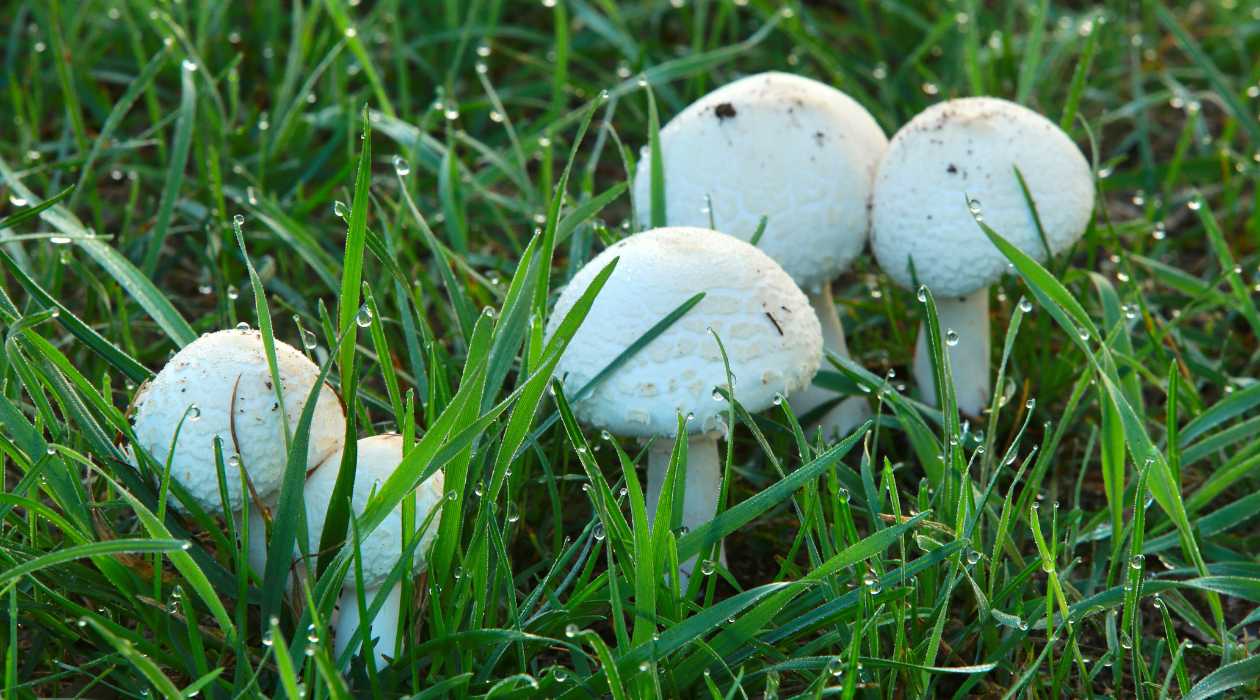
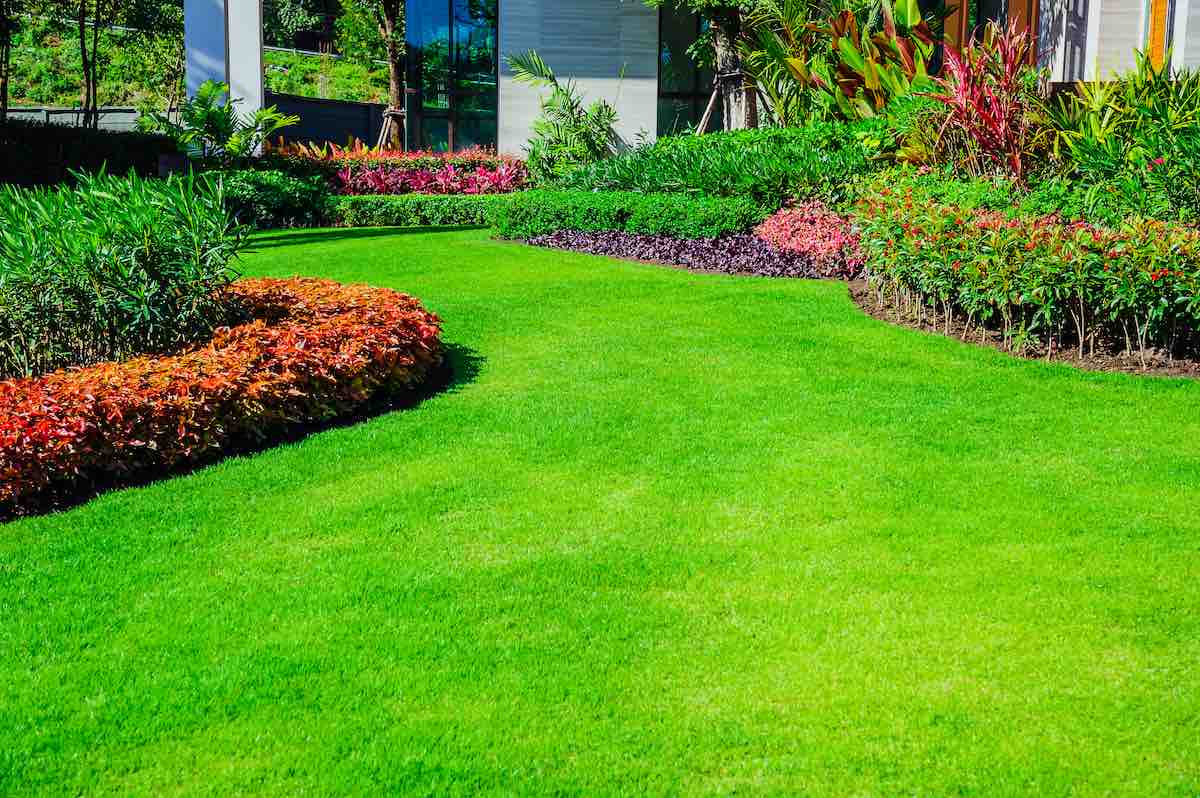



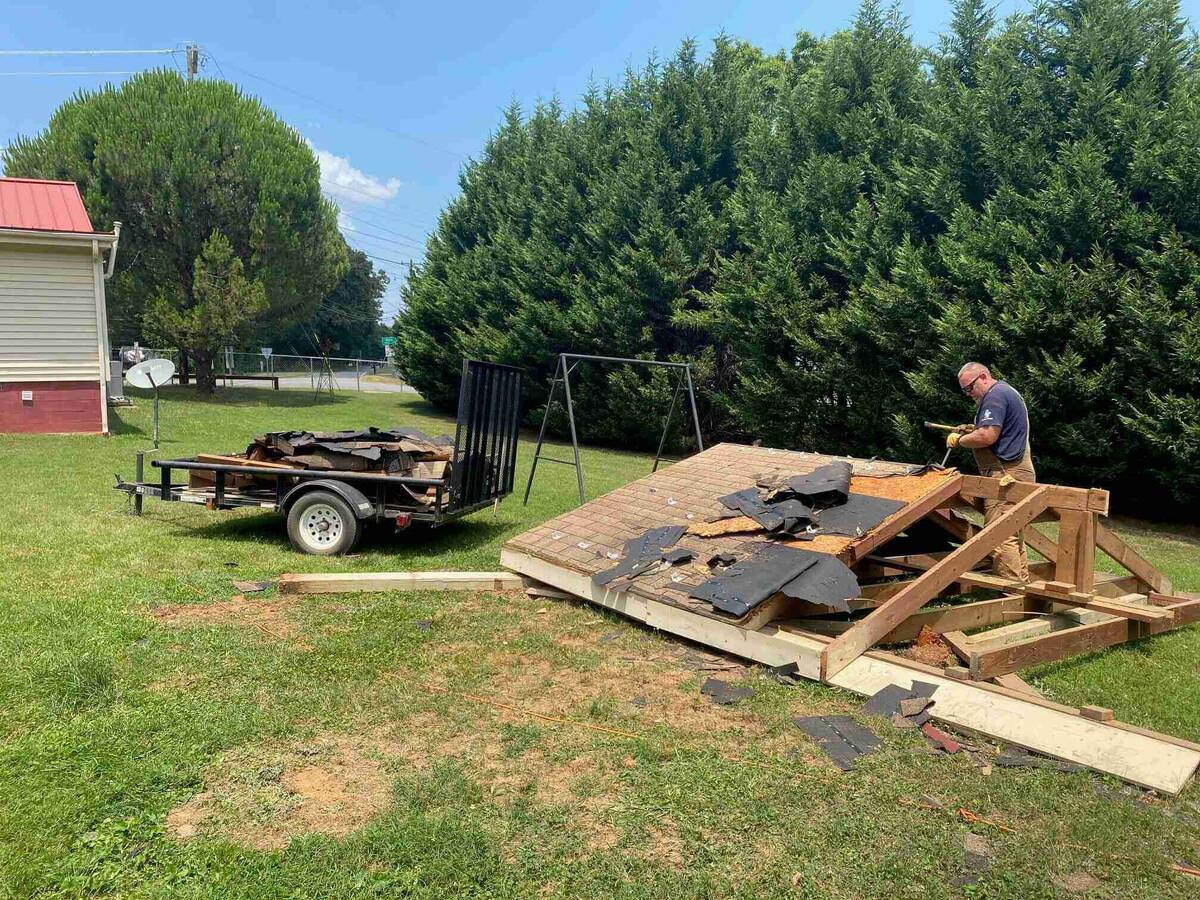
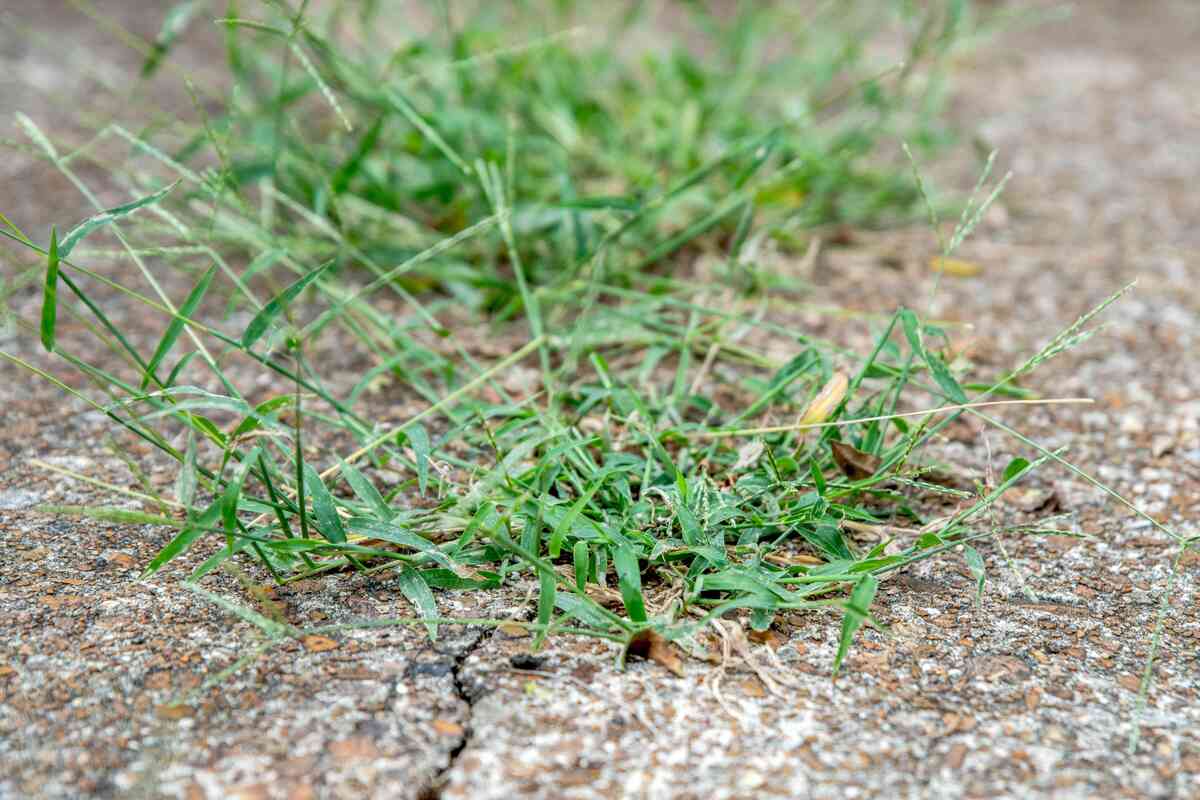

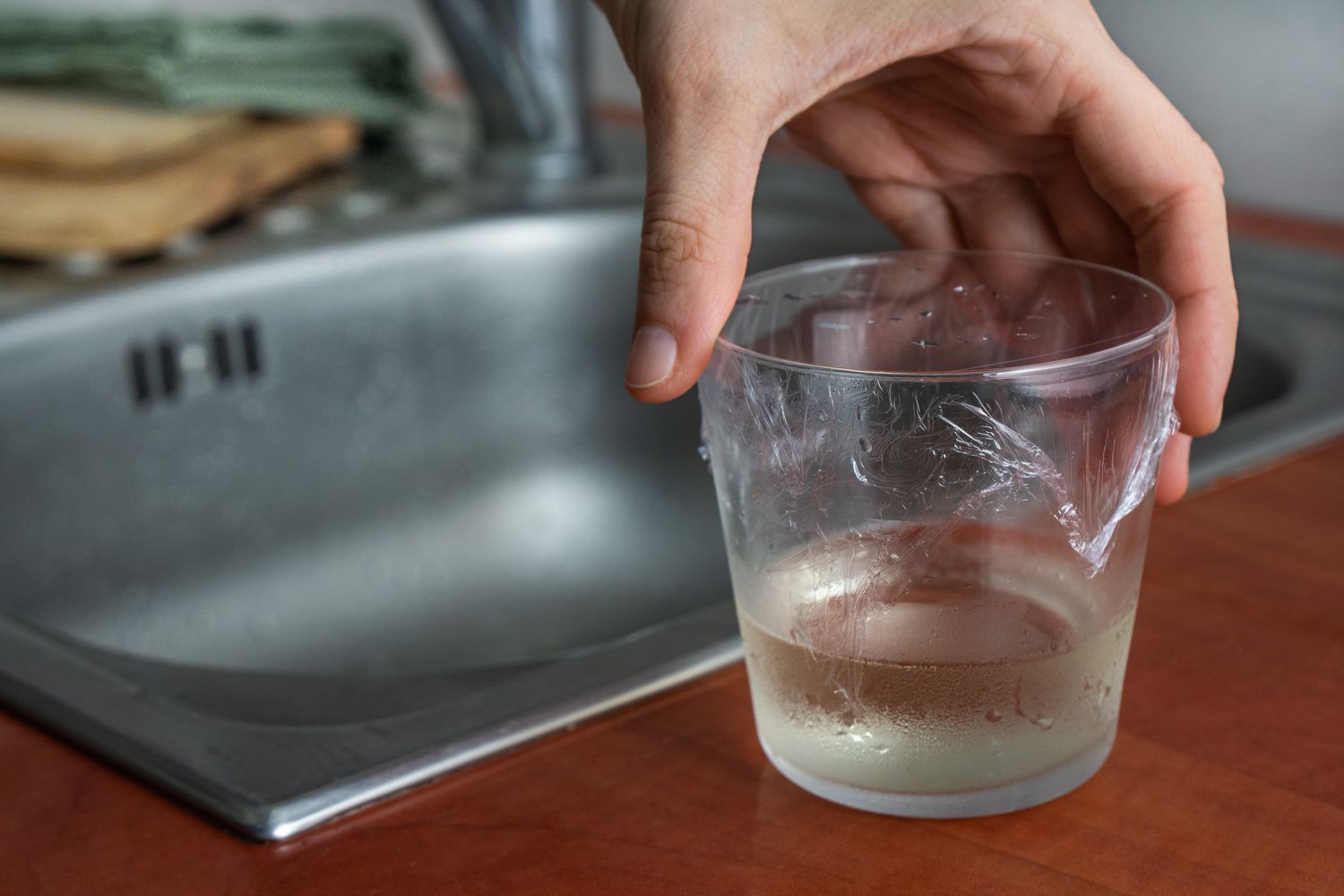
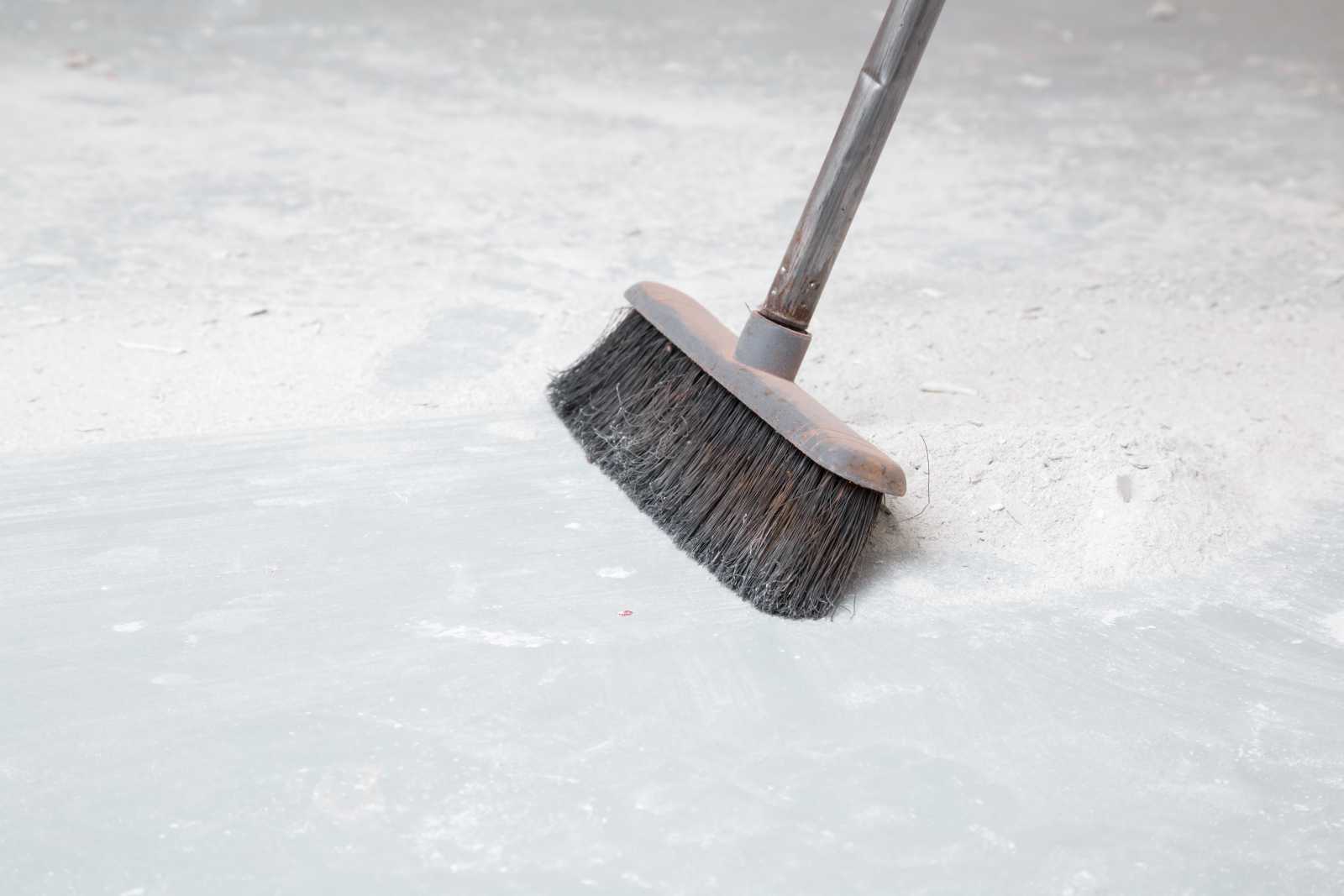
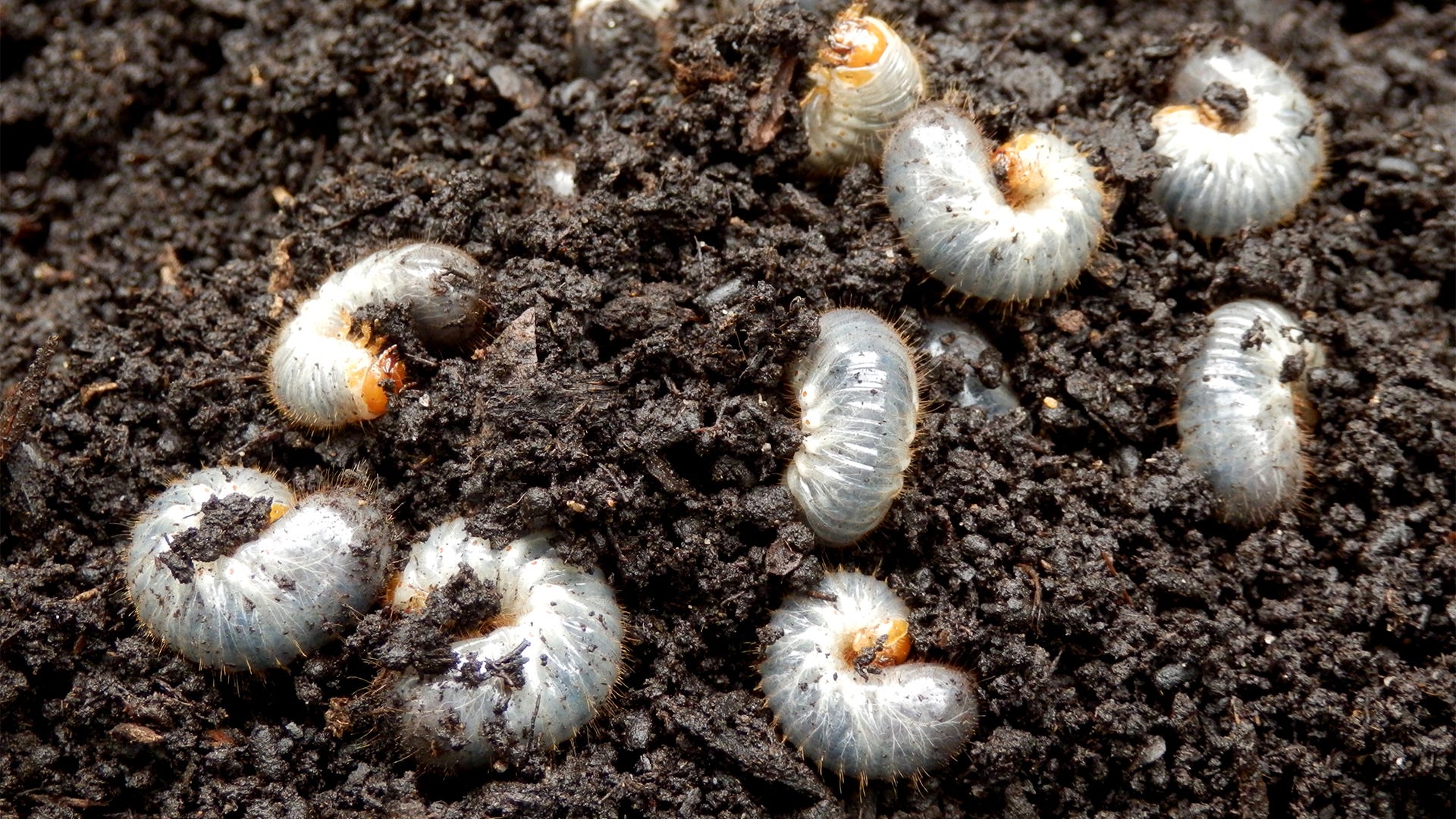
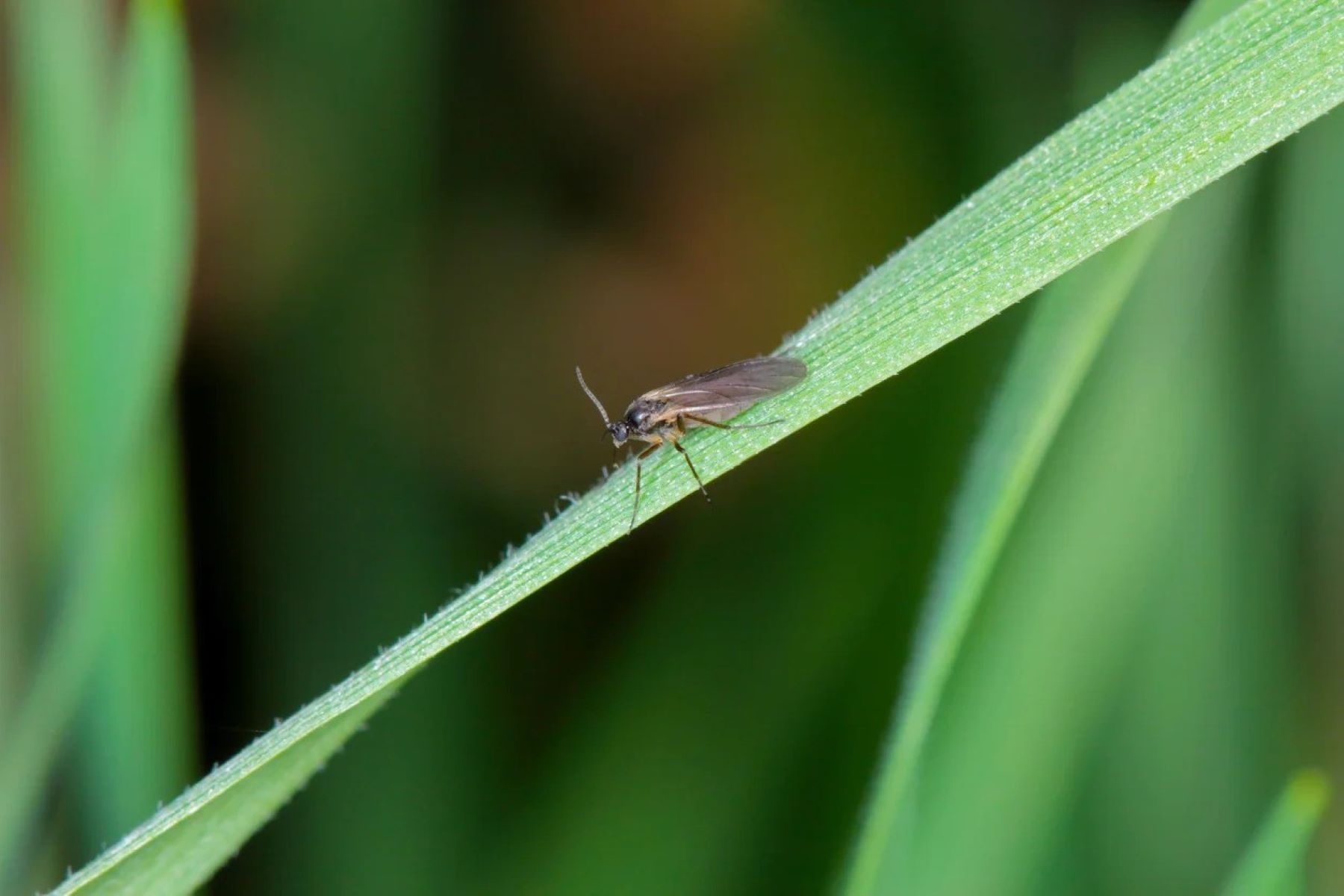
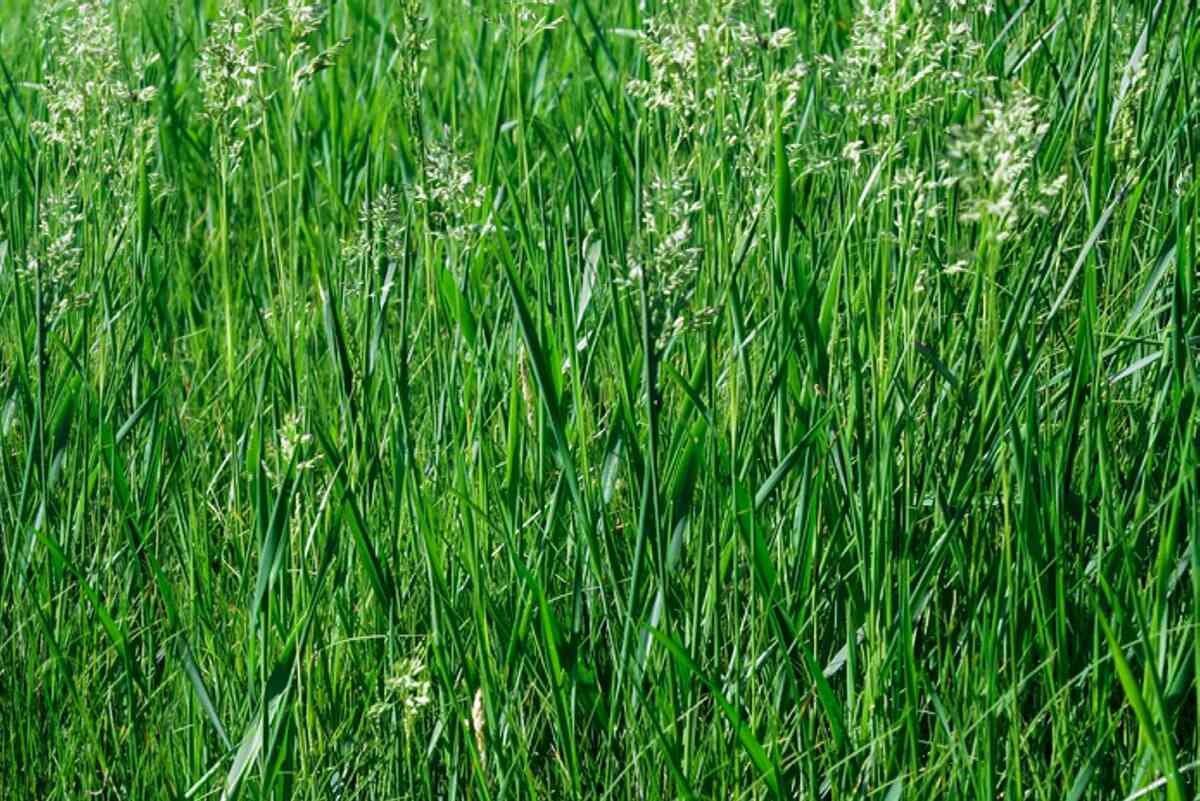
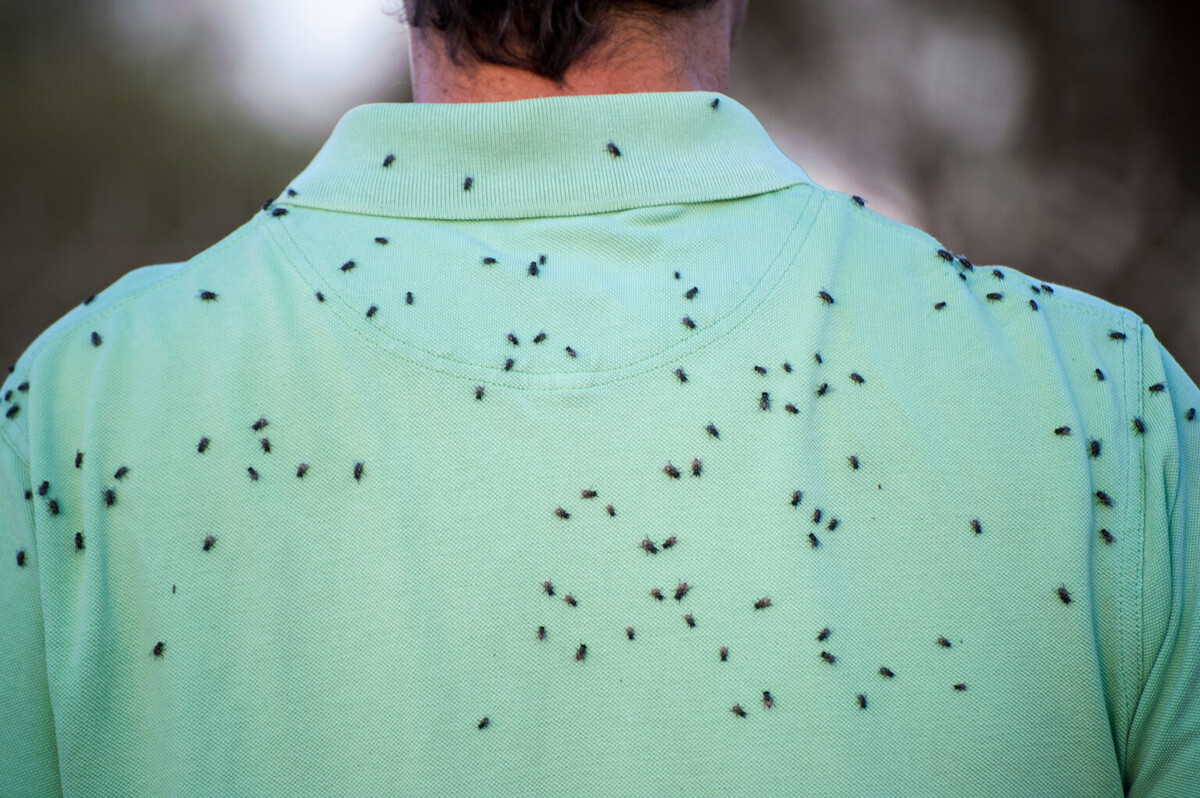

0 thoughts on “How To Get Rid Of Crabgrass In Yard”